On the Band Wagon
Resistance bands come in different shapes, colours and sizes, and across the many fitness brands, there is no colour scheme indicating light, medium or heavy. So, it may take some exploring to find the right band for the task you have at hand. Perhaps try or buy three, so you can find your own Goldilocks among the three bands.
On the Band Wagon
I want to start this week’s letter with a rubber band pun, but you may find it a bit of a stretch. Bad-dad jokes aside, last October, we traveled to Europe, and as any fitness fanatic may do, before booking our accommodations or mapping out our adventures, I visit calesthenicsparks.com to see what local fitness stations are close by.
During some of our leisurely lifting sessions, we saw moms carrying their babes on bellies while using bands to pump up with the classic biceps curl. Other people used the bands to take them to places that perhaps their own flexibility and strength wouldn’t let them get to otherwise. Another time, a gentleman arranged ten bands of varying colours and resistances from a bar, and did very little with them other than to stake a claim to his training territory.
As part of your training routine, do you utilize exercise bands? Do you seek a good stretch, or look to harvest the potential energy in the band and place it on your muscles in a movement?
Bands offer a simple, transportable tool to train the body, and while our favourites are still stiff bars and steel bells, we have re-integrated a few resistance band exercises into our in-studio training repertoire. Two drawbacks to consider when using bands as part of your training routine.
Inconsistent Tension Throughout the Movement
Unlike free weights, bands provide variable resistance—less at the start of the movement and more at the end. But in the case of a pull up in the vertical plane, more assistance at the beginning, and less at the top. This can be useful for some exercises but may not be ideal for building balanced strength across the full range of motion.
Durability and Wear Issues
Bands can wear out over time, leading to reduced resistance or even snapping, which can be dangerous. Prior to using your bands, ensure a visual check to check for damaged bands.
The Pallof Press — Practice core stability and engage teh core to prevent the twist. Keep The head, heart and hips facing forward and press the arms away from your body and hold for time (5-10 seconds) Control the out phase, breathe over the intense contraction and smoothen the return to home position.
Band-aided Moves
Over, or at least often prescribed band exercises for shoulders and hips include — shoulder external rotations with a bent elbow, clam shells from sideline with the band placed around the knees, and monster or lateral band walks holding with the hands and anchored at the feet. For something different, try three of our favourites for enhanced core stability and coordination of the upper and lower body.
Pallof Press
Increase the stability of the trunk, and coordination of the upper and lower bodies with a slow cadence emphasizing the time under tension techniques. Repeat for both sides, and strengthen the oblique muscle groups of the body to work together to create plank like tension from the standing position. Also, remember to breathe from under your shield of abdominals.
Band Row from split stance
Head, Heart and Hips — are they squared up and facing the anchor point of the band? Educate your body to the middle and enhance the strength of the core and function of the shoulder by attending to the unique positions of the ribs and where they are in relation to the head and hips. Once the position is set, apply strong pulling techniques initiating with the scapula, and finish the pull with the arm. Watch a #short video and remember to go slow when pulling in, and slower when releasing the band’s tension back out. Stabilize the scapula and strengthen the core.
Incline Lat pulldown
Do you want to work on the chin up? Or, include over head pulling exercises in your at home work out? Overhead pulling exercises are some of the hardest movements to incorporate with out the addition of specialized equipment. To pull from overhead with minimal investment, anchor a band high, and assemble your body in a lunge position with a slight incline of the upper body to create the line of pull from the crown of the head to the hip.
Like any training tool, it’s important to consider the when’s, where’s and why’s of adding an exercise or piece of equipment to your exercise routine. Sometimes, trying something new within the framework of a specialized variety is a good enough reason to incorporate something new. Continue reading below to bounce around a few new exercises into the flexible framework of your own training program.
Take care,
Ian and Lauryn


